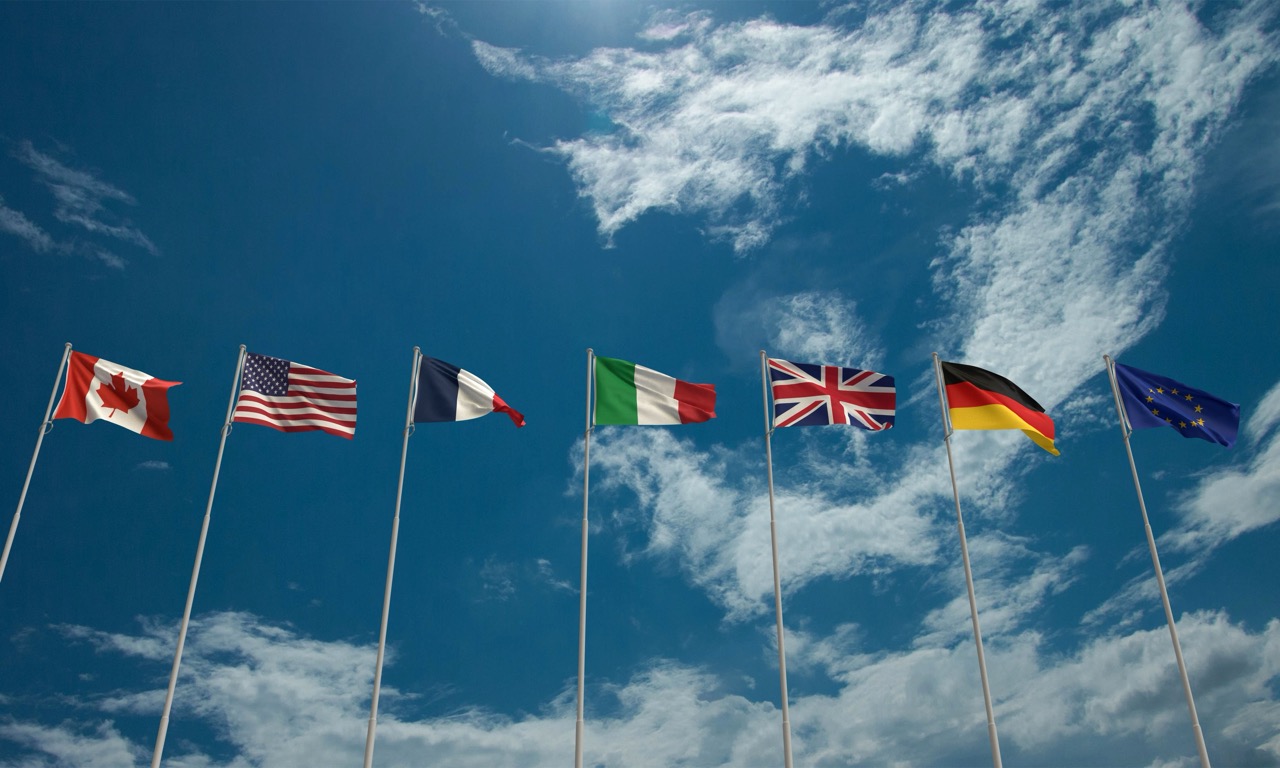A feast fit for the future
José Graziano da Silva, director-general, Food and Agriculture Organization, explains why it’s time to think about the quality of food
Agriculture and food systems development are – and must be – directly linked to the challenges facing humanity in terms of food at any given time.
In the 1960s and ’70s, the world faced a lack of food. It was thus fundamental to rapidly increase agricultural production to prevent mass starvation in countries such as India, Pakistan and the Philippines, and elsewhere in Asia and Africa.
This was done mainly through the intense use of high-yielding cereals, synthetic fertilisers, pesticides and agrochemicals in general, in what became known as the Green Revolution. It worked. By the end of the past century, the world was already producing more than enough food to feed the global population.
Nevertheless, the Green Revolution was not enough to eradicate hunger in the world. Many countries started to implement social protection policies and programmes for vulnerable rural people and communities, particularly family farmers, fishers and pastoralists. It was time to guarantee that everyone has access to food.
With that, hunger has substantially decreased over the last two decades, despite a small increase over the last three years. Today, access to food remains a challenge, especially in conflict areas where more than 60% of people suffering from hunger live, and social protection measures continue to be very important.
However, hunger is no longer the only serious nutrition problem. A more complex challenge looms large: more than two billion people are overweight, and of those 670 million people are obese, a condition strongly associated with higher risks of chronic diseases such as diabetes, hypertension, heart disease and cancer. Projections estimate that the number of obese people will very soon overtake the number of people suffering from hunger, which accounted for 821 million in 2017.
Obesity knows no borders. Eight of the 20 countries with the fastest rising rates of adult obesity are in Africa. Of the 38 million overweight children under five, almost half are in Asia. No country has yet found an efficient path to reducing the problem, which costs an exorbitant $2 trillion a year in health care and lost productivity.
Micronutrient deficiencies are also common. Anaemia, caused by inadequate dietary iron and linked with pregnancy complications, impaired cognitive development and often death, is rising. Current food systems are not providing people with healthy food and the nutrients required for a healthy life.
One factor behind the global pandemic of obesity is the large-scale consumption of ultra-processed foods with high levels of saturated fats, refined sugars, salt and chemical additives. This kind of food goes through multiple processes and is highly manipulated. Nonetheless it is cheaper and easier to access and prepare, traits especially relevant for poorer households in urban areas and increasingly in rural communities too.
Furthermore, food safety rules and standards prevent only short-term illnesses rather than long-term diseases. FAO’s position is that food safety cannot be only about preventing people from getting food poisoning or food-borne illnesses. It must also prevent people from suffering from malnutrition. For a food to be considered safe for consumption, it must also be healthy.
In this sense, the international community should advance in establishing rules and regulations that encourage the consumption of healthy and nutritious foods. Consensus is growing that healthy diets warrant regulatory protection. Last December, the United Nations General Assembly adopted a resolution on global health and foreign policy, indicating the progress of food systems as a global health issue.
It is time for new strategies. Countries need to increase the production and consumption of healthy and diversified foods. But there needs to be a mental shift in the way we currently view agricultural production.
Instead of focusing exclusively on cash crops, farmers need also to be encouraged to cultivate a variety of nutrient-rich crops, including fruits and vegetables. This can be done, for example, by introducing policies and legislation to ensure institutional procurement from local family farmers. Home-grown school feeding programmes offer local family farmers a guaranteed market and encourage the production of healthy food for children, with the co-benefits of boosting local economies and school attendance in poor areas.
About 80% of all food produced globally is now consumed in urban areas. Urban people need better access to fresh and nutritious food. This can be done by promoting local trade, rural-urban linkages, short food supply chains, and also urban and peri-urban agriculture. In fact, urban consumers are a very effective entry point in promoting the value chain development of nutrient-rich food crops.
These facts should provide food for thought for the G20 leaders as they gather in Osaka. The G20 summit offers an ideal platform for reflection, not least as host Japan can boast of having the lowest obesity rate in the G20: 3.7% of its population. It is time to recognise – and act accordingly – that the food challenge facing humanity today is not only availability and accessibility. It is more and more about the quality of food.












